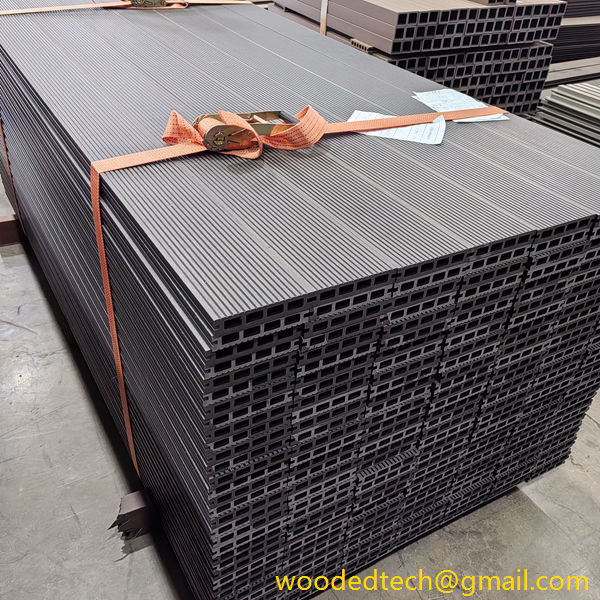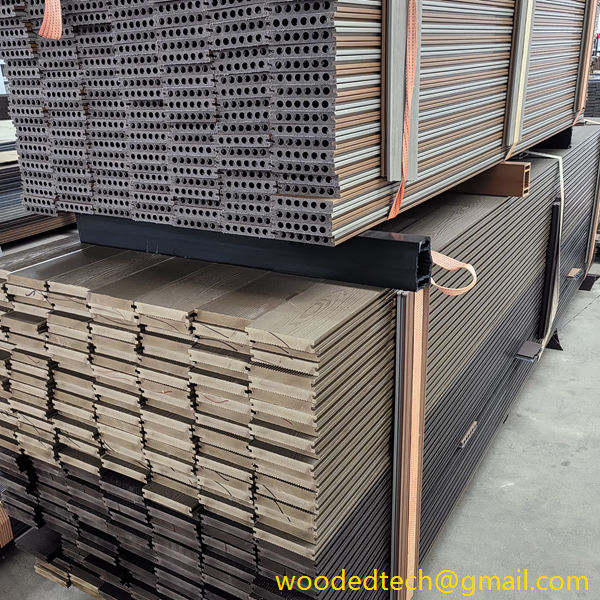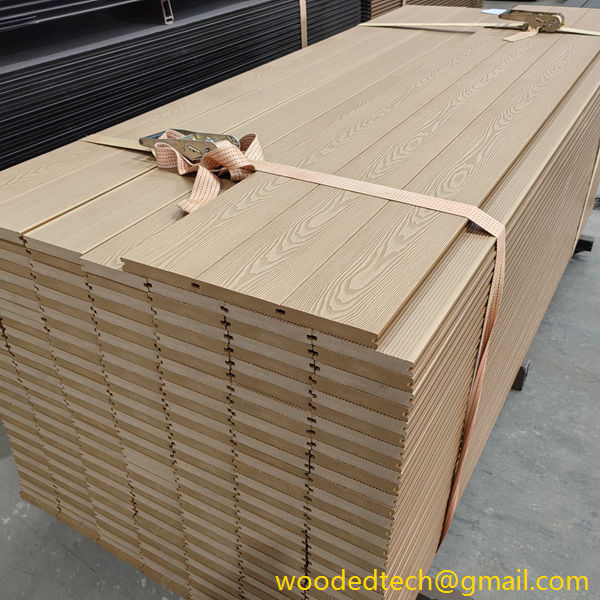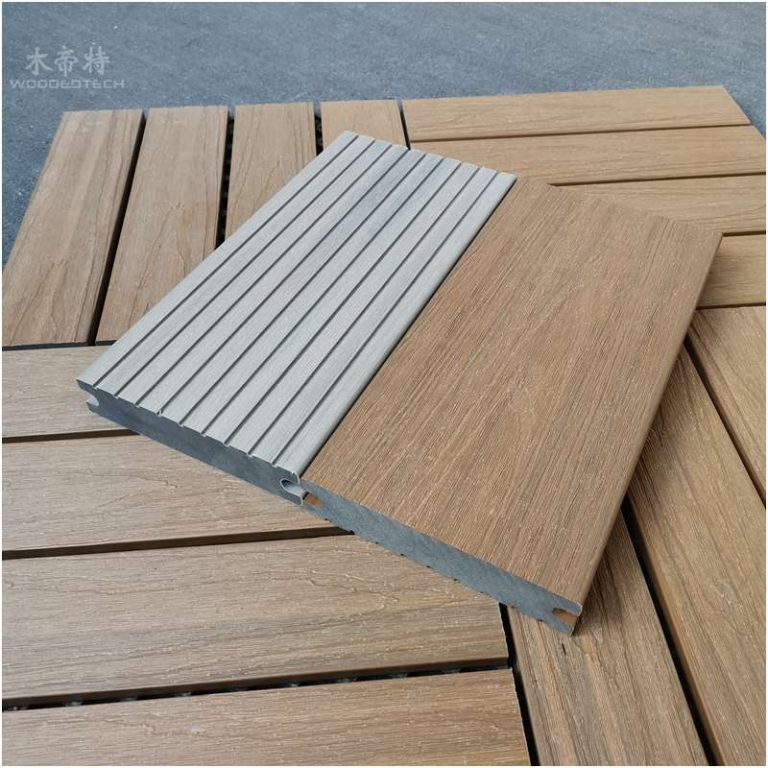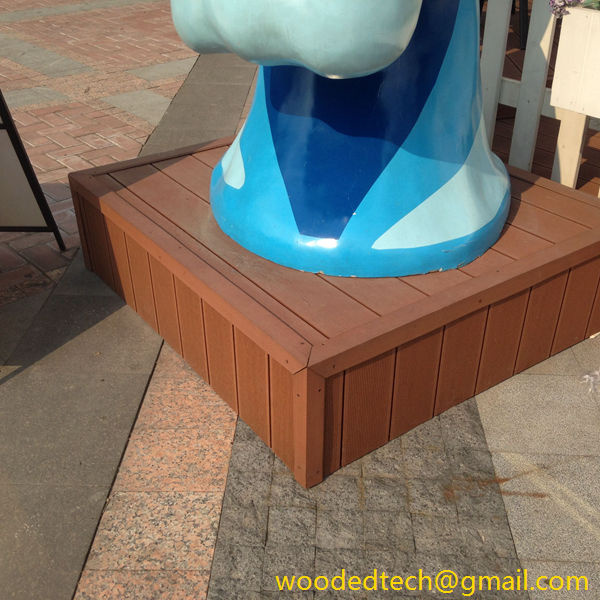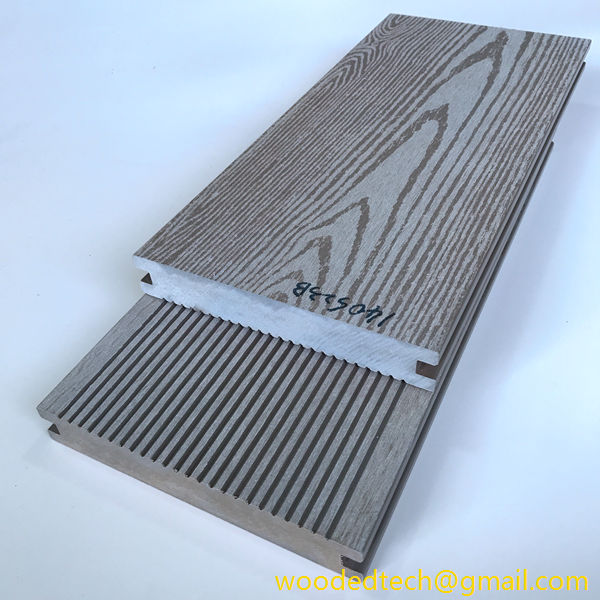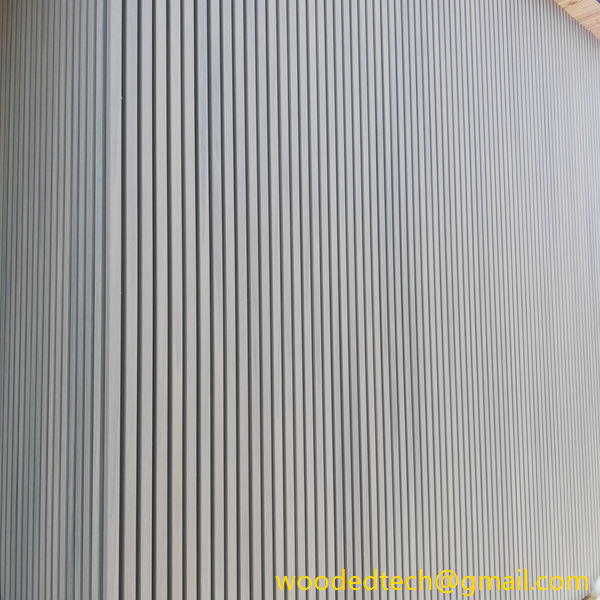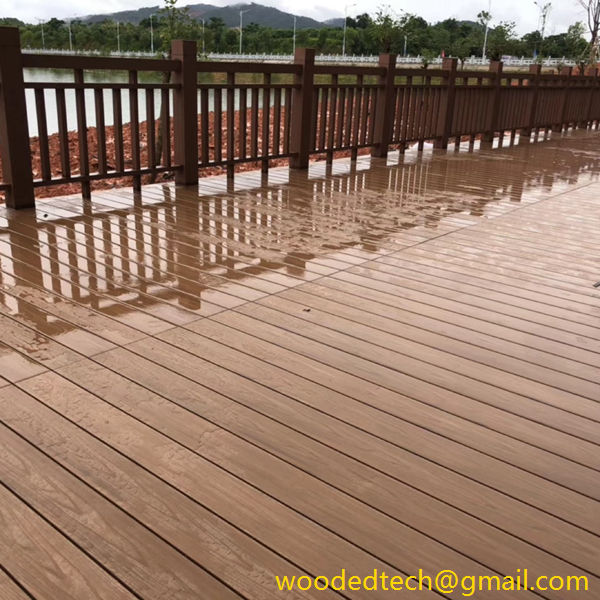Key Considerations for WPC Decking Dimension in Your Design Plans
Key Considerations for WPC Decking Dimension in Your Design Plans When designing outdoor spaces, particularly decks, the choice of materials plays a crucial role in both aesthetics and functionality. One of the increasingly popular materials for decking is Wood Plastic Composite (WPC). Understanding the global production capacity distribution of WPC decking is essential for architects,…
Key Considerations for WPC Decking Dimension in Your Design Plans
When designing outdoor spaces, particularly decks, the choice of materials plays a crucial role in both aesthetics and functionality. One of the increasingly popular materials for decking is Wood Plastic Composite (WPC). Understanding the global production capacity distribution of WPC decking is essential for architects, designers, and builders when incorporating this material into their design plans. This article explores key considerations for WPC decking dimensions, taking into account the global landscape of production capacities.
WPC decking is a synthetic material that combines wood fibers and plastic, resulting in a product that offers the natural appearance of wood while providing enhanced durability and resistance to environmental factors. As the demand for sustainable and low-maintenance building materials rises, WPC has become a viable option for various applications, especially in residential and commercial outdoor spaces.
One of the primary considerations when selecting WPC decking is the availability of specific dimensions. The production capacity of WPC materials is distributed unevenly across the globe, influenced by factors such as local demand, manufacturing technology, and the availability of raw materials. Consequently, designers must consider these aspects when specifying dimensions for their projects.
In North America, for instance, WPC decking has gained significant popularity due to its performance benefits and aesthetic appeal. The United States and Canada are home to numerous manufacturers that produce a wide variety of WPC decking products. These manufacturers often offer standard dimensions, such as 1×6 or 2×4 inches, and various lengths to cater to the market. However, the production capacity may fluctuate based on regional demand and the capabilities of individual manufacturers. This means that architects and designers should be aware of the lead times for specific dimensions, especially if their designs require custom sizes.
In contrast, Europe has seen a steady rise in the production of WPC decking, driven by stringent environmental regulations and an increasing emphasis on sustainability. European manufacturers often focus on high-quality materials and innovative designs, resulting in a diverse range of products. However, the distribution of production capacity across different countries can vary significantly. For example, Scandinavian countries have a robust manufacturing base, leveraging their access to sustainable timber resources. Designers working in Europe must consider these regional strengths and weaknesses when specifying WPC decking dimensions, as availability may differ from one country to another.
Asia is another critical player in the global WPC decking market. Countries like China and India have rapidly expanded their production capabilities to meet the growing domestic and international demand for WPC products. The production facilities in these regions often utilize advanced technology to produce large volumes of decking materials at competitive prices. However, quality control can become a concern, as some manufacturers prioritize quantity over quality. Designers must be vigilant in selecting suppliers and ensuring that the specified dimensions meet their project requirements. Furthermore, shipping logistics can add complexity to sourcing WPC decking from Asia, particularly for projects located in far-off regions.
When considering global production capacity distribution, it is essential to address the quality and consistency of WPC decking dimensions. Manufacturers may produce materials that meet specified dimensions but can vary in terms of color, texture, and overall performance. This variability can impact the final appearance and durability of the deck. Therefore, it is advisable for designers to conduct thorough research on potential suppliers and request samples before committing to large orders. This proactive approach can help mitigate risks associated with dimension inconsistencies and ensure that the decking meets the design intent.
Another critical factor in the distribution of WPC decking production capacity is the evolving technology within the industry. Advances in manufacturing processes, such as co-extrusion and improved blending techniques, have allowed manufacturers to produce WPC decking with enhanced properties, including better moisture resistance and UV stability. These technological innovations often result in varying dimensions and performance characteristics among products. Designers should stay informed about these advancements and consider how they can influence their design plans.
Sustainability is an increasingly important consideration in the design and construction industry. As consumers become more environmentally conscious, the demand for sustainably sourced materials has surged. WPC decking offers a solution by utilizing recycled plastics and wood fibers. However, the environmental impact of production processes also varies by region. Designers should inquire about the sustainability practices of their chosen manufacturers and consider how these practices align with their design objectives. This can include evaluating the source of raw materials, energy consumption during production, and the recyclability of the final product.
In conclusion, the global production capacity distribution of WPC decking significantly influences the design plans of architects and builders. By understanding the regional variations in production capabilities, availability of dimensions, quality control issues, technological advancements, and sustainability considerations, designers can make informed choices that enhance their projects. As WPC decking continues to gain traction in the market, staying abreast of these key considerations will be vital for anyone involved in outdoor design. Ultimately, thoughtful planning and informed decision-making will lead to successful and aesthetically pleasing outdoor spaces that meet the needs of clients and end-users alike.

